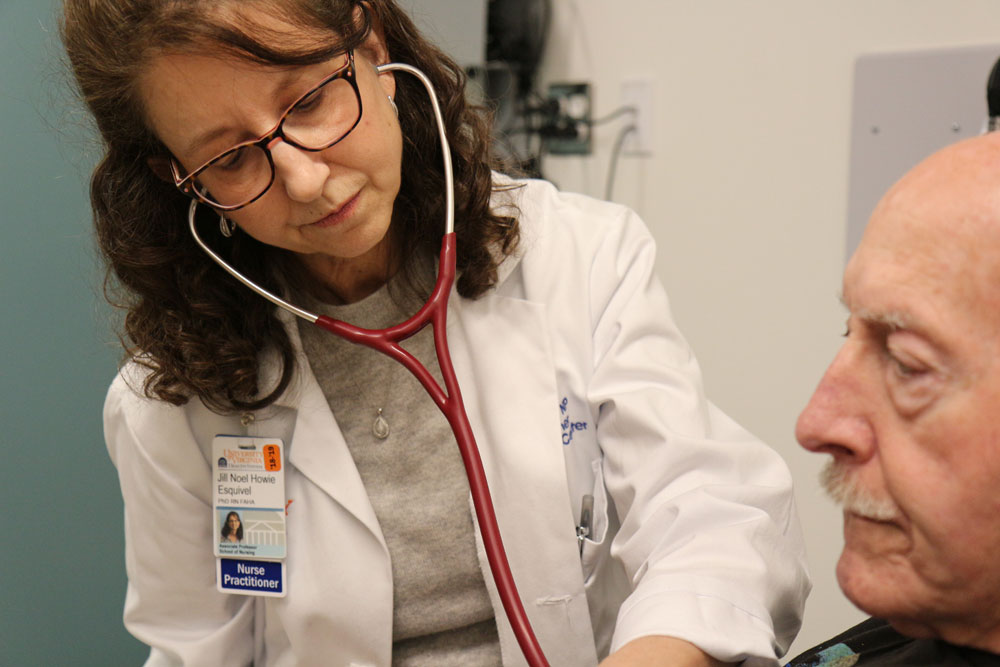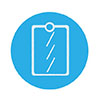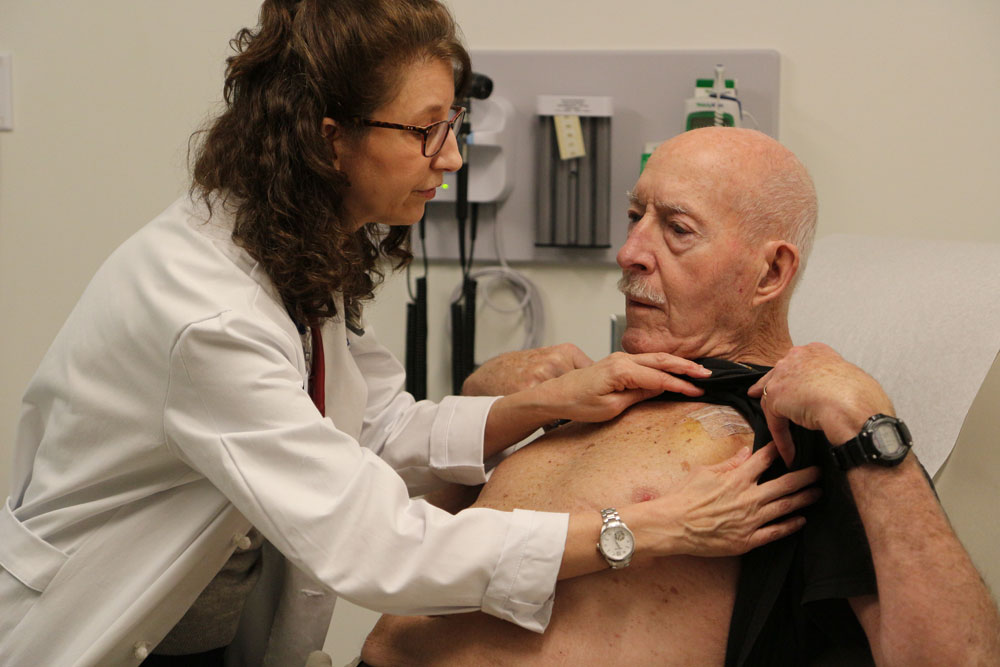Heart Works

 Heart failure—a condition in which the heart muscle can no longer pump enough blood to meet the body’s needs, and distinct from a heart attack—is the most common reason Americans age 65 and older are hospitalized. And while we spend nearly $31 billion annually dealing with it, more distressing are its symptoms: breathlessness, fatigue, an inability to lie down flat, and an uncomfortable swelling of the midsection and extremities. Without treatment, half all heart failure patients will die within five years of diagnosis.
Heart failure—a condition in which the heart muscle can no longer pump enough blood to meet the body’s needs, and distinct from a heart attack—is the most common reason Americans age 65 and older are hospitalized. And while we spend nearly $31 billion annually dealing with it, more distressing are its symptoms: breathlessness, fatigue, an inability to lie down flat, and an uncomfortable swelling of the midsection and extremities. Without treatment, half all heart failure patients will die within five years of diagnosis.
83%
Percentage of heart failure patients who will be re-hospitalized at least once; 43% will be rehospitalized 4+ times
After discharge from the hospital, these patients still face the daunting task of managing their condition. In addition to keeping up with their appointments, heart failure patients must closely monitor their medications, diet, fluid intake, and engage in regular exercise—mandates that are easier said than done, explains associate professor Jill Howie-Esquivel, given that many of patients “just don’t feel up to it.”

And even if programs like UVA’s “Hospital to Home” aim to help, re-hospitalization of heart failure patients remains stubbornly high: 83 percent are hospitalized again at least once, while nearly half (43 percent) are hospitalized four times or more—metrics Howie-Esquivel is determined to change.
Enter PALL-HEART, a live, twice-weekly, 75-minute gentle stretching exercise and education class for stable heart failure patients around Virginia and Kentucky delivered via iPad. With $110,000 in funding from the Hillman Foundation, UVA’s Center for Telehealth, and the Virginia Department of Health, Howie-Esquivel’s PALL-HEART provides a bridge to wellness for heart failure patients who might otherwise be overwhelmed by the intensity of a gym or put off by the seemingly monumental task of exercise.
The key, Howie-Esquivel insists, lies in PALL-HEART’s ease and accessibility. It addresses a trifecta of problems that menace heart failure patients, including distance from care providers, a high symptom burden, and disengagement.
“Even gentle exercise is important for heart failure patients because it improves their overall physical and psychological function,” says Howie-Esquivel. “The trick is to find out how we can deliver services to provide support at home.”
Starting this spring, Howie-Esquivel will enroll 60 stable heart failure patients and compare their outcomes with another group receiving regular care (printed materials by mail and weekly phone calls with a nurse). After eight weeks, she’ll assess both groups’ symptoms, quality of life, physical strength, resilience and heart rate variability, a biomarker indicating heart function.
“It isn’t clear if gentle exercise helps people with heart failure live longer, but this study is focused on helping people feel better and supported at home,” says Howie-Esquivel. “You can’t reverse it, but you can control heart failure. It does require a lot of close follow-up and intense treatment, but heart failure patients can live well and feel well for a good long time.”
Results—expected by fall 2020—will inform a larger study examining the effects of gentle stretching on heart failure patients’ symptoms, quality of life, and hospitalization rates.
###
